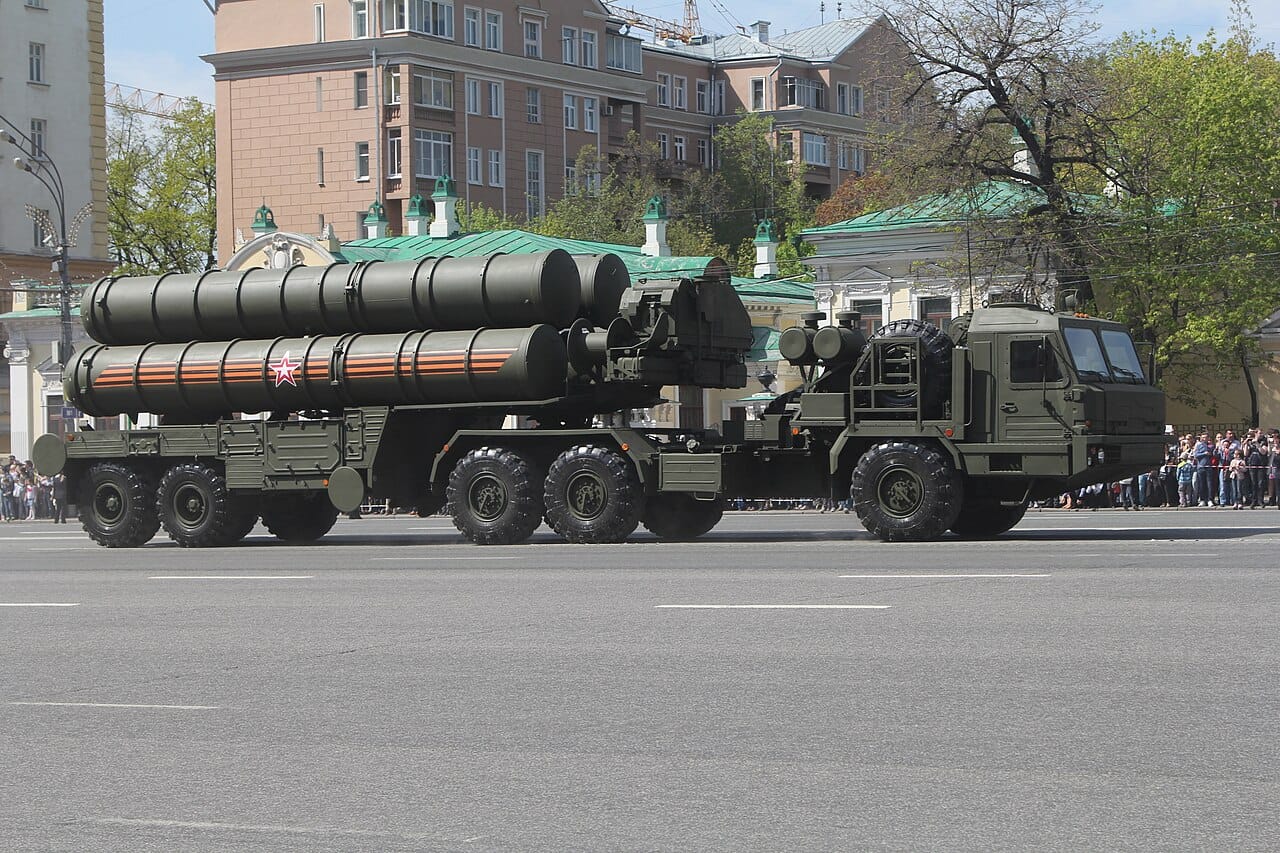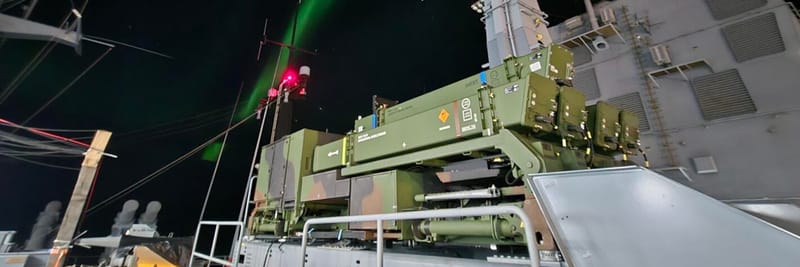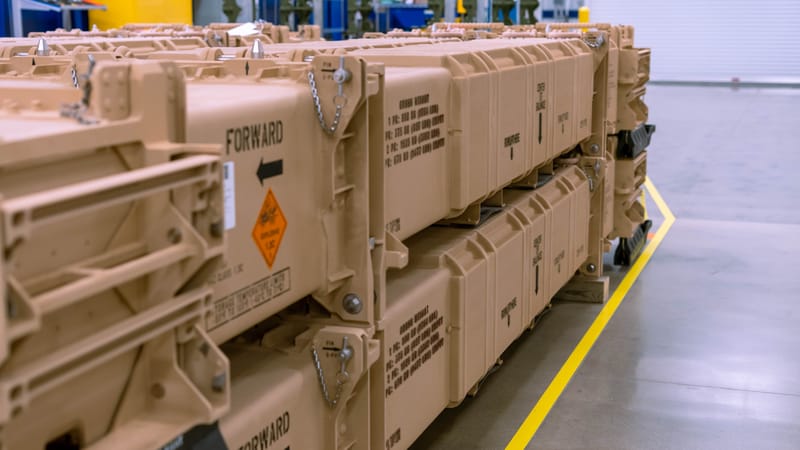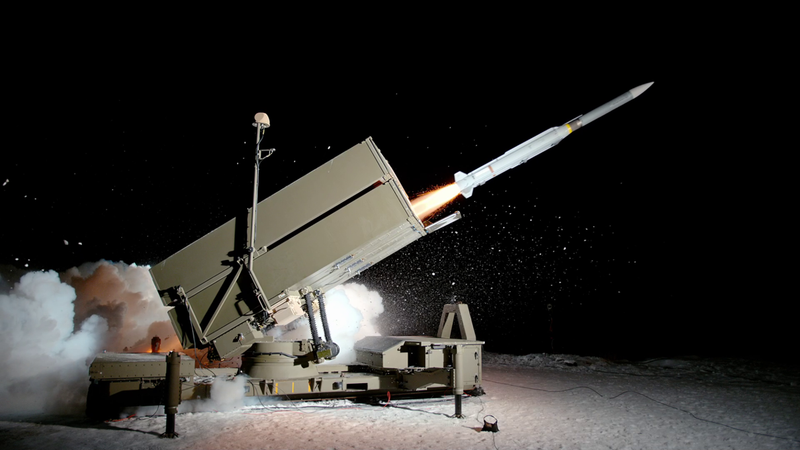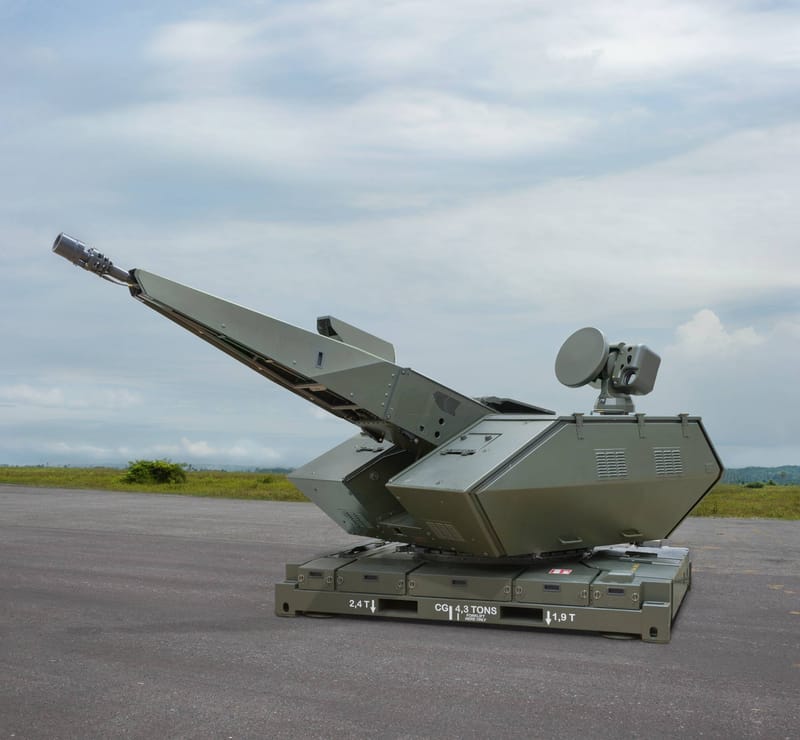Taurus vs. Storm Shadow: More Range, Same Limits
Germany’s long-range missile brings deeper reach and greater punch—but its greatest impact may be political. Taurus is an evolution in Ukraine’s arsenal, not a revolution.
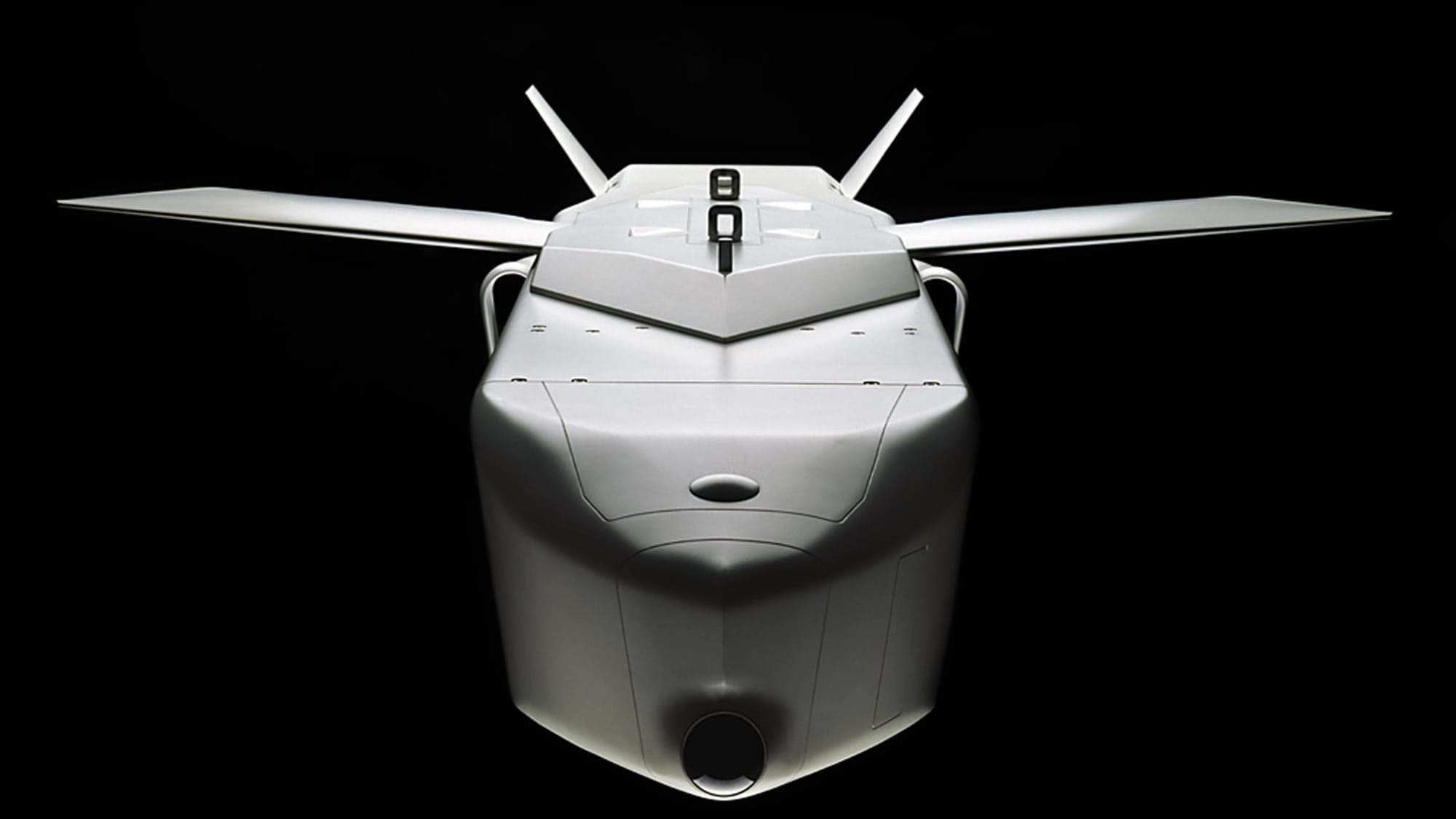
As Germany lifts its self-imposed strike restrictions and debate swirls around the long-awaited Taurus missile, many assume that its delivery to Ukraine would be a decisive shift in the war. But is Taurus truly the game changer it’s made out to be—or has it become a politically charged proxy for something bigger?
This Großwald analysis separates operational fact from fiction.
Operational Reality vs. Political Symbolism
Why Taurus could matter more than existing systems
- Unique combination of range + payload
- 500+ km range with deep-penetration warhead means Taurus can hit targets beyond the reach of Storm Shadow, ATACMS, or drones—e.g. rail bridges on the Kerch peninsula, hardened command bunkers in Crimea or Belgorod.
- This opens up previously invulnerable targets that Russia thought were out of reach.
- Force-multiplier effect
- Used judiciously on critical nodes (supply hubs, C2 nodes), Taurus can degrade Russian operational tempo, especially in sectors like Crimea where resupply routes are limited.
- Fleet size matters
- If Ukraine receives 100–150 Taurus missiles, this is not marginal—that’s a full campaign's worth of precision strikes that can be spread over time or used in concentrated waves.
Why the 'game changer' label may be overstated
- Storm Shadow already does ~70–80% of the job
- Most targets Ukraine can’t currently hit are politically sensitive (inside Russia), not strictly beyond Storm Shadow range.
- Taurus offers incremental range and punch, not a wholly new capability. Many of the high-value targets in Crimea have already been hit using Storm Shadow.
- Low-volume, high-cost
- Long-range cruise missiles are strategic assets, not tactical weapons. Ukraine will use them sparingly. They’re not war-winning on their own.
- Russia can adapt behavior (disperse supply lines, harden logistics, use decoys) once a new system is observed in use.
- Integration + delivery timelines
- Even if training is pre-baked, actual delivery, targeting prep, and operational deployment take time. Political secrecy may delay confirmation or deter use in sensitive zones.
- Escalation ceiling is already pierced
- Ukraine has already hit military targets inside Russia with drones and ATACMS. The taboo has already eroded. Taurus doesn't meaningfully alter the threshold—just the tools.
Strategic Assessment
Taurus is not a silver bullet.
But it’s not empty symbolism either.
It matters because:
- It extends the deep-strike window and increases Ukraine’s choices.
- It sends a signal that Germany’s self-deterrence is eroding, especially after Scholz.
- It contributes to a cumulative attrition of Russian depth, especially in Crimea.
It doesn’t change the war on its own because:
- Russia still has strategic depth, redundancy, and escalation buffers.
- Ukraine’s key limitation remains manpower, air superiority, and sustainment, not just long-range munitions.
Conclusion
Taurus is a strategic enabler, not a game changer.
Its real impact lies in:
- allowing deeper, harder strikes with minimal risk to Ukrainian aircrews
- signaling German alignment with the most forward-leaning NATO policies
- sustaining pressure on Russia’s operational infrastructure
It’s powerful, but its greatest weapon may be political: the end of German inhibition.
Related Großwald Reporting
For a full deep-dive on the policy debate around Taurus exports, read our latest review of Germany's strike limit lifts:
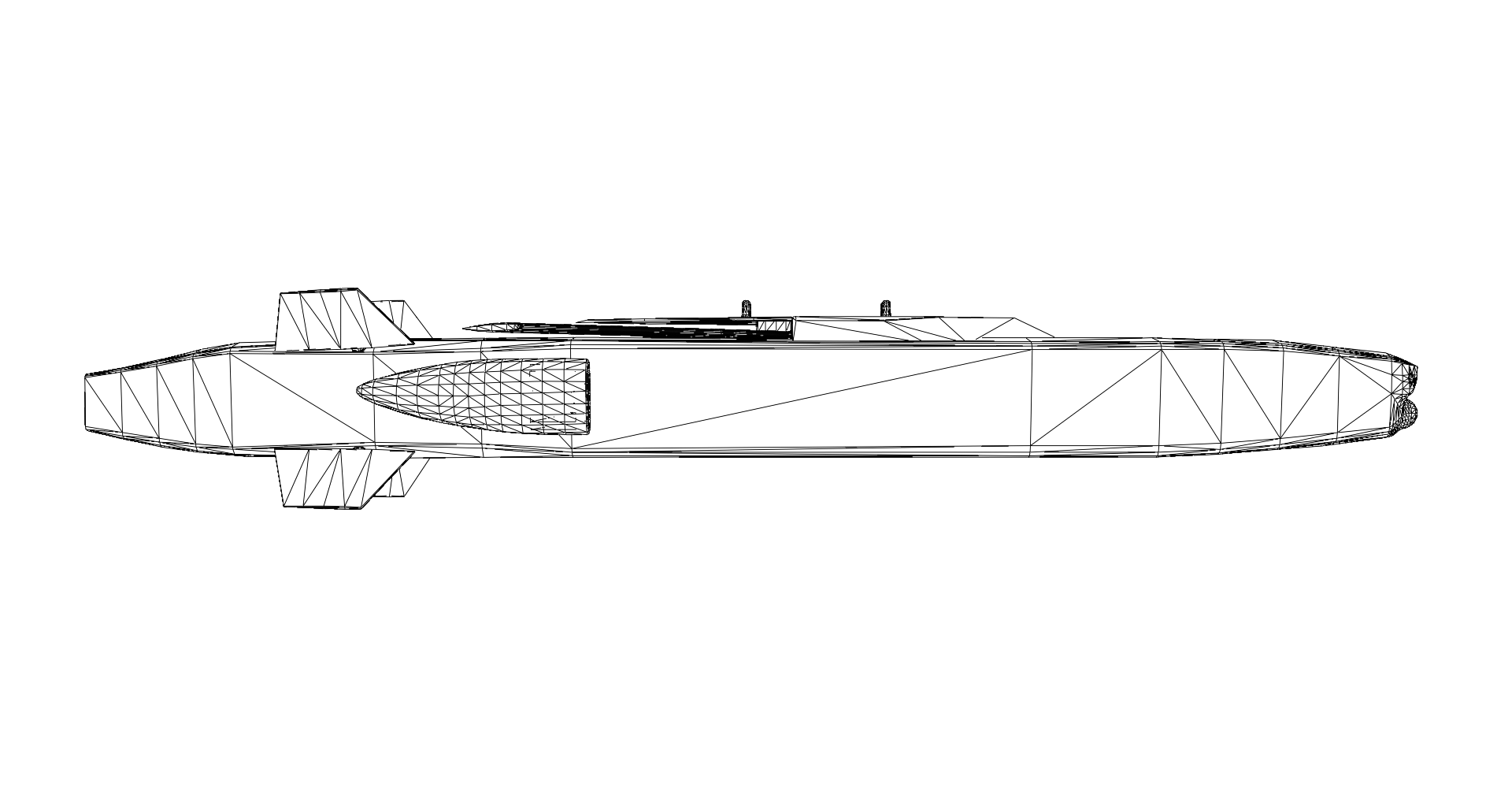
Related stories from the Russian perspective:
